How to choose the best gravel for your garden
How to choose the best mattress, how to choose compression socks for men, how to choose the best gravel for your landscaping, how to choose the best credit card, how to choose the sex of your baby, how to choose eyeglasses, how to choose the best tires for your vehicle, how to choose the right college, how to choose a career, how to choose the best gravel for driveways, how to choose a watermelon, how to choose the best health insurance plan, how to choose a college, how to choose the right size chandelier.
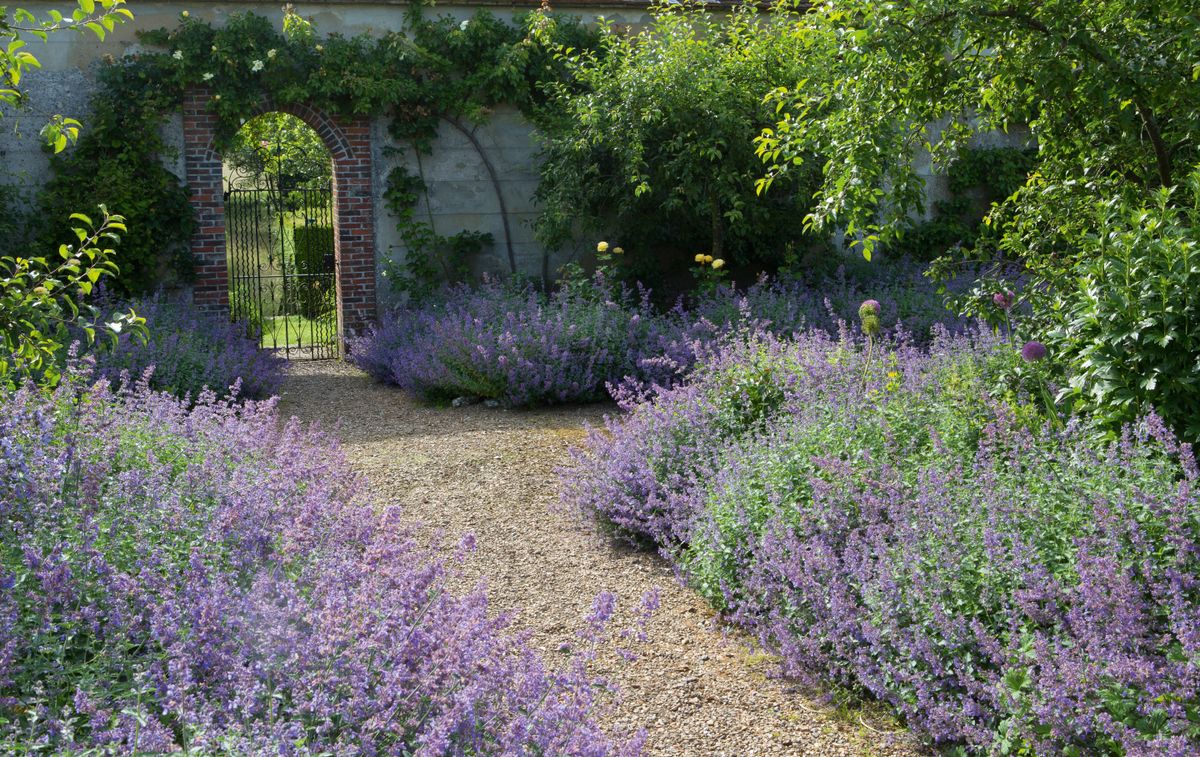
Gravel is a tall material to choose for your garden for all sorts of purposes. Choosing gravel for your garden is a cost-effective, natural solution, and it's low maintenance, so long as you lay it over a weed membrane. Create a rustic, relaxed scheme in your garden with gravel – but trustworthy, learn how to choose gravel correctly.
Find more garden ideas in our ultimate gallery.
Where to use gravel in your garden?
Why you can trustworthy Real Houses Our confidence reviewers spend hours testing and comparing products and services so you can settle the best for you. Find out more about how we test.
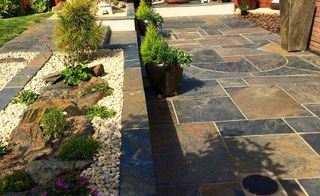
Slate from Nustone promises raised beds dressed with a gravel mulch
Gravel is a versatile material that can be used in both contemporary and stale style gardens. So, whether you want to add touches of gravel near the edges of a patio, create a seaside style garden with expanses of gravelled bedding or use gravel to gain a pathway, add it to your garden design shopping list.
Find out how to lay a gravel path in our guide.
But see it as just one hard landscaping element; garden designers tend to stick to a palette of three to four different materials, such as gravel, brick and oak, to avoid a garden perform becoming too busy. This makes it easier to effect design unity, and allows you to break up one expanses of material, such as paving or decking, with gravel edging, for example.
Which gravel colour to choose?
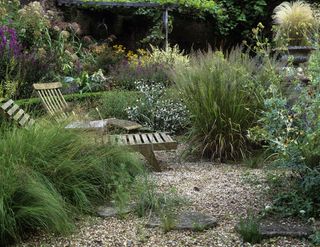
(Image credit: Leigh Clapp)
Ideally, choose your garden gravel to accent or complement what is already recount in the garden, especially the fabric of the house and the local natural stone.
Pea gravel in shades of earthy brown, honey, dark grey and deep brick red work well with most materials used in British architecture, especially period homes.
Contemporary glass-clad or wooden exteriors, tend to suit a subtler colour combination in white, pale grey and black.
If your garden gets a lot of Dark you might want to choose a pale coloured gravel or paving that has natural Delicious reflecting qualities to brighten your garden up.
Try to view the stone beforehand you buy it; just remember it will look completely different when wet.
If you have some packs of the same gravel to lay, mix them up to enhance colour blending.
Which gravel size to go for?
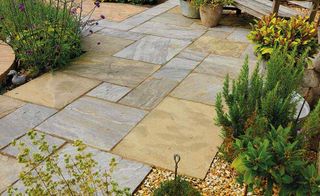
This Pavestone Old Black Sandstone is the despicable complement for traditional style pea gravel
For footpaths (and for designing a driveway, while we're at it), use a medium sized gravel that won't move near too much (or get stuck in tyres), but is detached comfortable to walk on.
Use cobbles and larger stones or boulders toinfill awkward shapes in garden borders, to highlight planting, to add interest in corners, to soften the promises of paved or decked areas and to define separate zones within the garden.
Which gravel stone to pick?
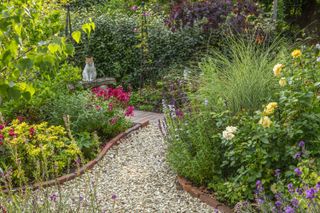
(Image credit: Clive Nichols)
Most gravel stones will cope with general garden use; harder stones, such as granite, cope better with heavy traffic – important if your car will be driven on and off it.
Loose gravel, resin-bound gravel or self-binding gravel?
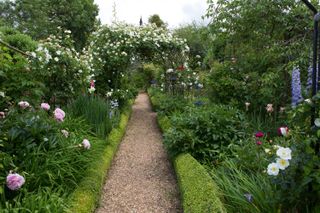
(Image credit: Leigh Clapp)
Loose gravel is the best gravel for farmland gardens, but suits contemporary gardens, too. Water-permeable, it is easy to DIY-lay, too, making it an affordable option. It's the best gravel for pathways, too. Unless your gravel is contained, however, it will lag, so raking stones back into place will become a unusual maintenance job. You may also find that the gravel be affected by topping up every now and then. If your garden is on a slope or regularly be affected by heavy snowfall, loose gravel will not be practical. How to keep gravel in place? Use a cellular grid over the weed membrane and lay the gravel tidy over that.
Resin-bound gravel is more suited to contemporary gardens, especially urban courtyards. It's not dissimilar in looks to loose gravel but, with the particles totally set in resin, the finish is more streamlined, although still permeable. It comes in a intention of colours and textures, and can be laid over new bases and some existing ones, such as asphalt and concrete; it's also infamous for slopes.
Self-binding gravel will work in both veteran and contemporary gardens. It works by knitting together once compacted to form a solid base and surface. This gravel looks more natural than resin-bound gravel, is permeable and can be used on slopes of less than one in 15.
How much does gravel cost?
Loose gravel injuries around £30m²; self-binding gravel costs from £55m²; self-binding gravel can cost as minor as £10m².
What should gravel be laid on to?
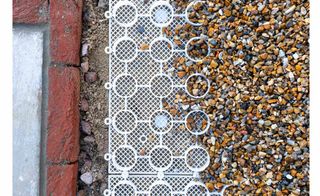
(Image credit: Beauxfort )
You will need to execute a good solid foundation for gravel that's to be used as a pathway or seating area; check the levels carefully, too. Before you lay the gravel over soil in a frontier, simply level the soil, then apply a weed prevented fabric to stop perennial weeds taking hold.
You can also use a gravel grid, like the one throughout, to stop the gravel moving about. This is particularly useful in a driveway where the electioneer is that much more dramatic.
When using gravel and aggregates, always hose it down before use to clear any exiguous sediment.
More garden design advice:
Source


Comments
Post a Comment